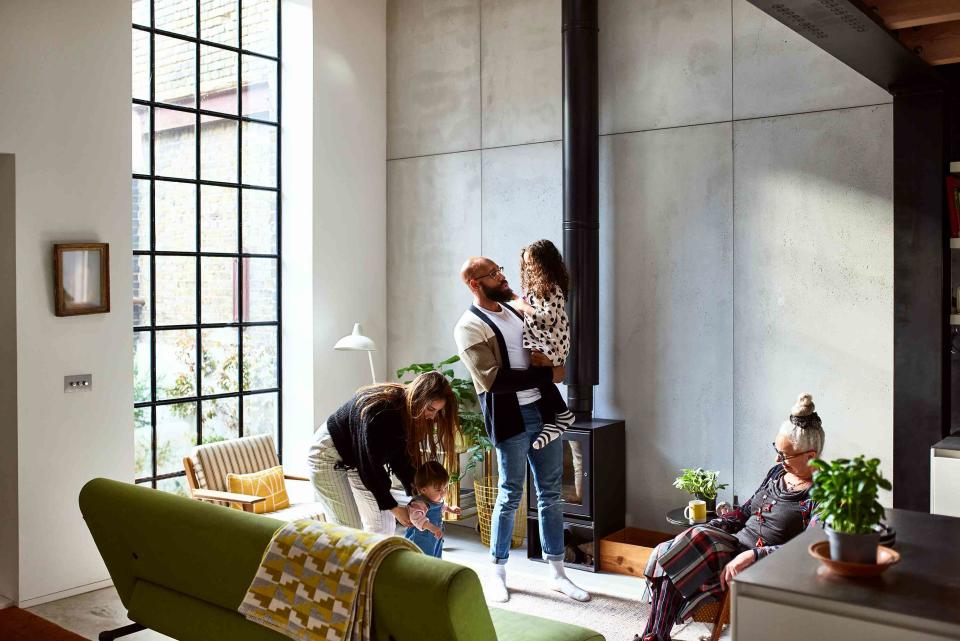You’re More Likely to Feel Happy at Home if It Reflects Your Personality
IKEA’s Life at Home survey reveals the importance of purpose and personality for a space to feel like home.

10'000 Hours/Getty Images
What makes a home really feel like home? According to the IKEA Life at Home Report, having a space that truly reflects your identity—your personality, taste, interests, needs, and values—can make all the difference, taking you from simply living at home to truly loving your home. And there are happy mental health benefits of living in a space that you genuinely appreciate and enjoy—one you can’t wait to return to, or stay in all weekend—where you can be yourself (or many different selves!), Liking the place you call home can help boost your mood and mindset.
Related:12 Home Decor Tips for a Mental Health Boost (That Have Nothing to Do With Decluttering)
IKEA surveyed 3,700 people across 37 different countries and found that people are 1.5 times more likely to feel more positive about their home if they think it reflects them and their unique identity. And those who do say their home is a good reflection of themselves are almost twice as likely to say their home is also a source of positive mental well-being.
Interestingly, their possessions, even more so than the people they live with, are the key ingredients for making home a reflection of them. Whether it’s the artwork, kitchen magnets, souvenirs, or family photographs, 42 percent said it’s the “things that I own” that makes their home a reflection of who they are (32 percent said it’s the people they live with). Almost one-third also said their possessions that keep unique memories and experiences alive make their homes a reflection and extension of their lives.
Along with having personality, the most lovable and livable spaces should have purpose, too. Forty percent of people said having that space for specific needs, functions, and interests is important for a home to reflect their identity. “That doesn’t mean we’re all looking for the biggest mansion in town," according to the study. "We just need to know that we can use the space we have to do what we want.”
And it’s all about balance and finding ways to be alone, together. It’s ideal to carve out quieter, private spaces for work, reading, relaxation, as well as spaces for activity, gathering, exercise, activity, conversation.
“In the U.K., creating different ‘zones’ within rooms helps to make sure that the areas we use for work, rest, and enjoyment don’t overlap,” IKEA reports. “In India, people are setting up dedicated places for activities such as worship, yoga, and meditation.”
And then there’s always the kitchen, the universal gathering hub of the home—closely followed by the squishy sofa, the perfect place to cuddle and connect or sit cozily alone with a good book.
But not everyone has their dream setup. In fact, only 58 percent of people globally actually feel their home is a reflection of their identity. And about 80 percent of people are regularly frustrated by these aspects of their home.
25% An unclean or untidy home
23% Household chores
19% No space to put things
17% Different perspectives of what "mess" is compared to other householders
Ironically, some of the most frustrating elements of home seemed to be related to the very stuff they cherish, showing that it’s all about choosing your personal possessions wisely, finding the right places for them, and learning how to take care of them.
If you’re looking for easy ways to feel even happier at home, keep it clean and tidy, create designated functional zones, and fill each room with photos, keepsakes, and cherished things.
Related:10 Small Design Upgrades to Add Character to a New Home
For more Real Simple news, make sure to sign up for our newsletter!
Read the original article on Real Simple.
